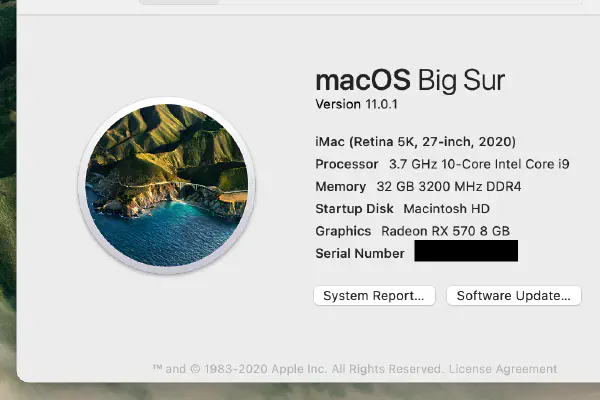
Venturing in to the realm of Hackintosh-ing
Like you, I’ve been finding myself working from home more often than not. These days, I probably go to an office once a month. I have a 16 inch MacBook Pro, but using it in clamshell mode, all the time, connected to a 4K monitor was… not ideal. It would often thermally throttle way down (often, it would be really sluggish – I wondered, how fast is this running? 800MHz. 90C. Fans at 100%.)